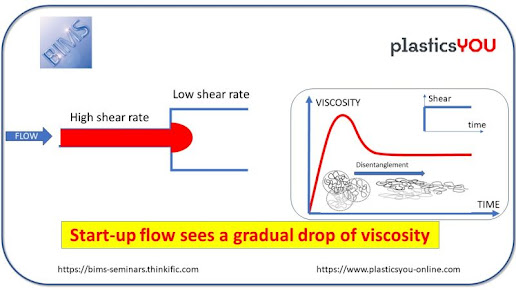USM's Prof Develops Novel Plastic Material that Bleeds & Heels like Human Skin
It's the stuff of dreams that became a reality in a University of Southern Mississippi laboratory.
Inspired by his own dream of a technology now considered revolutionary in the world of plastics research, polymer science professor Marek Urban developed a unique type of plastic material that turns red or "bleeds" when damaged.
When the damage occurs, or when stressors mount that portend damage to the material, the molecule links that span along chains of chemicals within the material split and release a color simulating bleeding. After exposure to sunlight or change in temperature, the material begins repairing itself in much the same way human skin does.
"I dreamed of developing this after thinking about how human skin repairs itself when damaged, and how blood coming from the injury works as a sign of that damage," Urban said. "Sometimes, damage to material may not be visible to the human eye, but with the release of the colors that mimic bleeding we have a warning of damage."
The material has the potential to be developed into self-repairing surfaces in a wide variety of commonly used products, including cell phones, laptops and military weapons.
Stuff, a publication of Britain's Haymarket Media Company covering the latest in popular technology, cited the invention as among "5 materials that could change the world" in its May edition. In its assessment the magazine notes, "This plastic, which 'bleeds' red then heals itself with light, is being hailed as the Holy Grail of materials. The plastic could be developed for use in self-healing cars, planes and bridges. Oh, and gadgets. RIP insurance?"
Earlier this year, Urban made a presentation on the invention at the 243rd National Meeting and Exposition of the American Chemical Society (ACS), the world's largest scientific society.
"Dr. Urban is one of the most inventive people I've come across," said his Southern Miss colleague Dr. Robert Lochhead. "He has a valuable talent that is rarely found; that is, to have an original idea that meets human or societal needs, and then to take that idea to an invention and implement it."
Urban is enthusiastic that further research, with the assistance of graduate students and staff in his Urban Research Group, can extend the material to usage in cars, planes and spacecraft, as well as large infrastructure. The development of similar material that can also withstand high temperatures is on the drawing board.
"I believe there are endless possibilities, and we continue our research in hopes of capturing those possibilities that can further enhance our quality of life through the products we access daily," Urban said.


Comments
Post a Comment